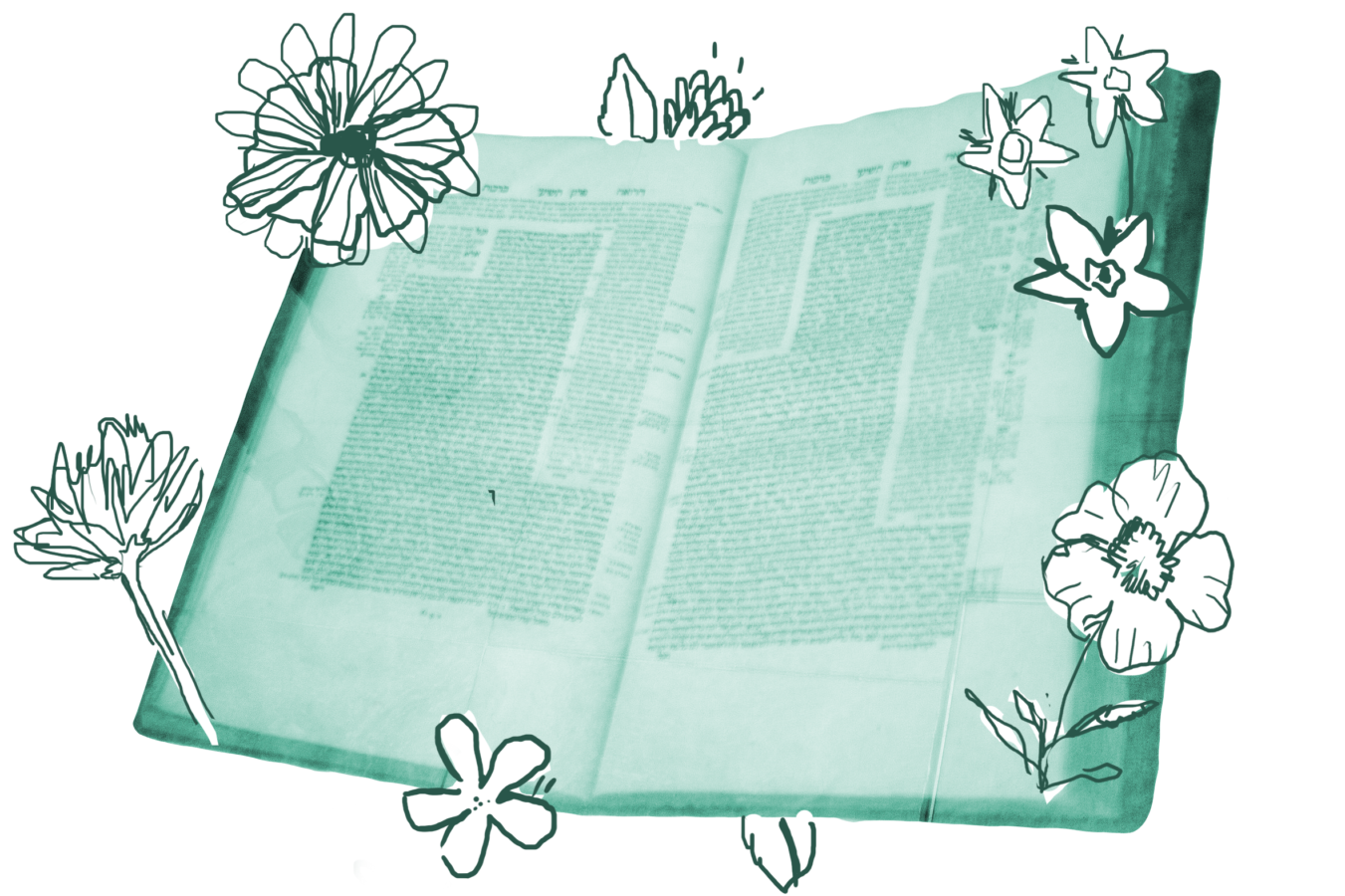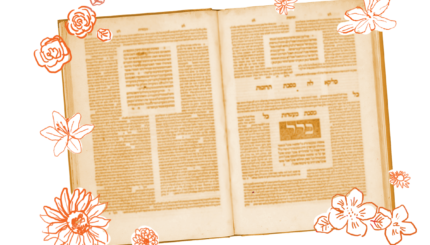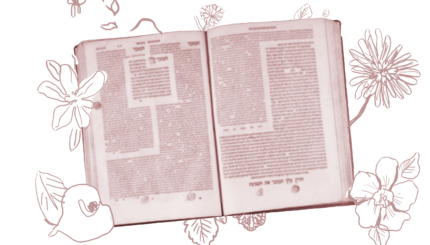Today’s daf offers us a nice demonstration of how the two major early schools of rabbinic interpretation approached scripture. We’ll begin by going back to a beraita on yesterday’s daf, a different part of which we studied in yesterday’s essay:
Three times the defilement of the wife is stated in the Torah: “If she is defiled” (Numbers 5:27), “and he warns his wife, and she is defiled” (Numbers 5:14), and “when a wife being under her husband goes astray and is defiled” (Numbers 5:29).
Why? One is to prohibit her to her husband, and one is to prohibit her to her paramour, and one is to prohibit her from partaking of terumah. This is the statement of Rabbi Akiva.
Rabbi Yishmael said: We can derive it through kal v’homer (a fortiori)as follows: If a divorced (daughter of a priest), who is permitted to partake of terumah, is nevertheless forbidden to marry into the priesthood, then with regard to the sotah, who is forbidden to partake of terumah, is it not logical that she is also prohibited to marry into the priesthood?

Help us keep Jewish knowledge accessible to millions of people around the world.
Your donation to My Jewish Learning fuels endless journeys of Jewish discovery. With your help, My Jewish Learning can continue to provide nonstop opportunities for learning, connection and growth.
From the Torah’s thrice-repeated declaration that the sotah is defiled, Rabbi Akiva learns that she is — until proven innocent — restricted in three ways: She is forbidden to her husband, she is forbidden to her suspected paramour and she is (if married to a priest) forbidden to partake of terumah, foods set aside for priestly families. Through a logical derivation, Rabbi Yishmael adds a fourth prohibition to Rabbi Akiva’s list: She is forbidden from marrying into the priesthood.
Since we know that a divorced daughter of a priest is still permitted to partake of terumah even though she is forbidden to marry a priest (because priests can only marry virgins), then the fact that the sotah may not partake of terumah proves that she is forbidden to marry into the priesthood. So there is one more thing she can’t do until proven innocent.
The Gemara on today’s page assumes that Rabbi Akiva agrees with Rabbi Yishmael about the fourth prohibition on the sotah, but that he would not agree with Rabbi Yishmael’s method of deriving it. Why? Because Rabbi Akiva and Rabbi Yishmael famously had very different ways of reading scripture. Rabbi Akiva prefers derivations based on the language of scripture — not on logical inference (as Rabbi Yishmael used). So the Gemara asks:
Where does Rabbi Akiva derive that it is prohibited for a sotah to marry into the priesthood? … According to Rabbi Akiva, four are written (with regard to the defilement of a sotah), as he maintains that an additional halakhah should be derived from the superfluous prefix letter vav in the verse: “And is defiled (venitma’a)” (Numbers 5:29).
Therefore, one verse is written to forbid her to her husband, and one is to forbid her to her paramour, and one is to forbid her to marry into the priesthood, and one is to forbid her to partake of terumah.
Rabbi Akiva was celebrated for interpreting not just words, but prefixes and suffixes, and even the scribal crowns and flourishes decorating the letters. In this case, he finds a scriptural hook for the same law in the form of a prefix vav (fun fact: the letter vav literally means “hook”) that does not obviously add to the meaning of the verse. He interprets this vav as a hidden indication that the Torah is actually pointing to four, not three, statements about the defilement of the sotah. And on that proverbial hook he hangs the fourth prohibition on the sotah: marriage into the priesthood.
Rabbi Akiva’s interpretation assumes that scripture is given in a unique divine language which is so perfect that no syllable is extraneous. Everything is bristling with hidden meaning. Rabbi Yishmael, in contrast, taught that the Torah speaks not in divine but in human language, and therefore extraneous words are not secret clues, but simply part of the cadence of normal language which is sometimes repetitive or emphatic. But this does not mean halakhah could not be derived from close reading of the text. It’s just that Rabbi Yishmael preferred to derive halakhah from logical inference based on plain meaning rather than fanciful scriptural interpretation.
There are merits to both methods, which is why Rabbi Akiva and Rabbi Yishmael were both enormously respected scholars who each headed an entire school of early Jewish thought and are each credited with helping to build rabbinic Judaism. Their teachings are preserved all over rabbinic writings. But ultimately Rabbi Akiva’s method proved more influential, perhaps because his startling and revolutionary system of reading Torah elevated scripture to a new plane while simultaneously opening it up for creative and unexpected new meanings.
Read all of Sotah 29 on Sefaria.
This piece originally appeared in a My Jewish Learning Daf Yomi email newsletter sent on April 27th, 2023. If you are interested in receiving the newsletter, sign up here.



